Renzo Piano Building Workshop retrospective to open at London's Royal Academy of Arts
Conventional office work doesn't traditionally involve climbing on a funicular to reach your desk, having a beach at your feet to swap post-work drinks with a dip, open-plan spaces framing picture perfect sea views, or lush green gardens to practice yoga during lunchtime; yet this is daily life at the Renzo Piano Building Workshop's Genoa office, a short drive from the historical Italian city's heart.
The workshop – built on a lot that belonged to the Piano family for decades, and as the architect himself says modestly, ‘is just a roof' – can feel rather isolated during the winter, some of the employees might point out, but still, they wouldn't change a thing. It's where the magic happens and if ever there was a parallel between inspirational environments and creative output, the perfect embodiment is here. ‘I wanted to make a greenhouse for architects', says Piano, only half-joking about his Italian headquarters, which also encompasses his foundation which holds the practice’s vast archive.
Here, as well as in the hugely successful international firm’s other offices in Paris and New York, a team of architects, assistants, technicians and other architecture specialists produce a series of extraordinary works, one after the other – from the sweeping curves of the Jean-Marie Tjibaou Cultural Centre in Nouméa (one of the fairly early works of 1998), to most recent offerings such as the Whitney Museum of American Art in New York (2015), or the Centro Botin in Spain (2017).
The practice's portfolio is well known and peppered with architectural icons. For anyone starting off in the architecture profession in the 1990s, some names will always remain near-mythical in their level of achievement in the field – Richard Rogers, Normal Foster, and of course, Renzo Piano, whose works made a distinct mark in the world of building design during the last decades of the 20th century, changing the course of architecture with completions right through to the 21st-century today.
It is this architectural reverence but also the practice's deep sense of humanity that the Royal Academy’s Kate Goodwin, head of architecture and Drue Heinz curator, aims to highlight with her major retrospective 'Renzo Piano: The Art Of Making Buildings' – the first one of its size and depth in London in 30 years.
‘There a dignity in how he conducts himself and in his approach to architecture. He takes the social and technical responsibilities of the profession very seriously and understands that what he creates will have a lasting impact on a place', says Goodwin. ‘He brings together the functionality of architecture, the mechanics, with the poetic. He takes a building from being functional and practical and elevates it offer something more for the human spirit – he adds beauty and delight. He puts a human face to it. I am hoping to bring that out in the show.'
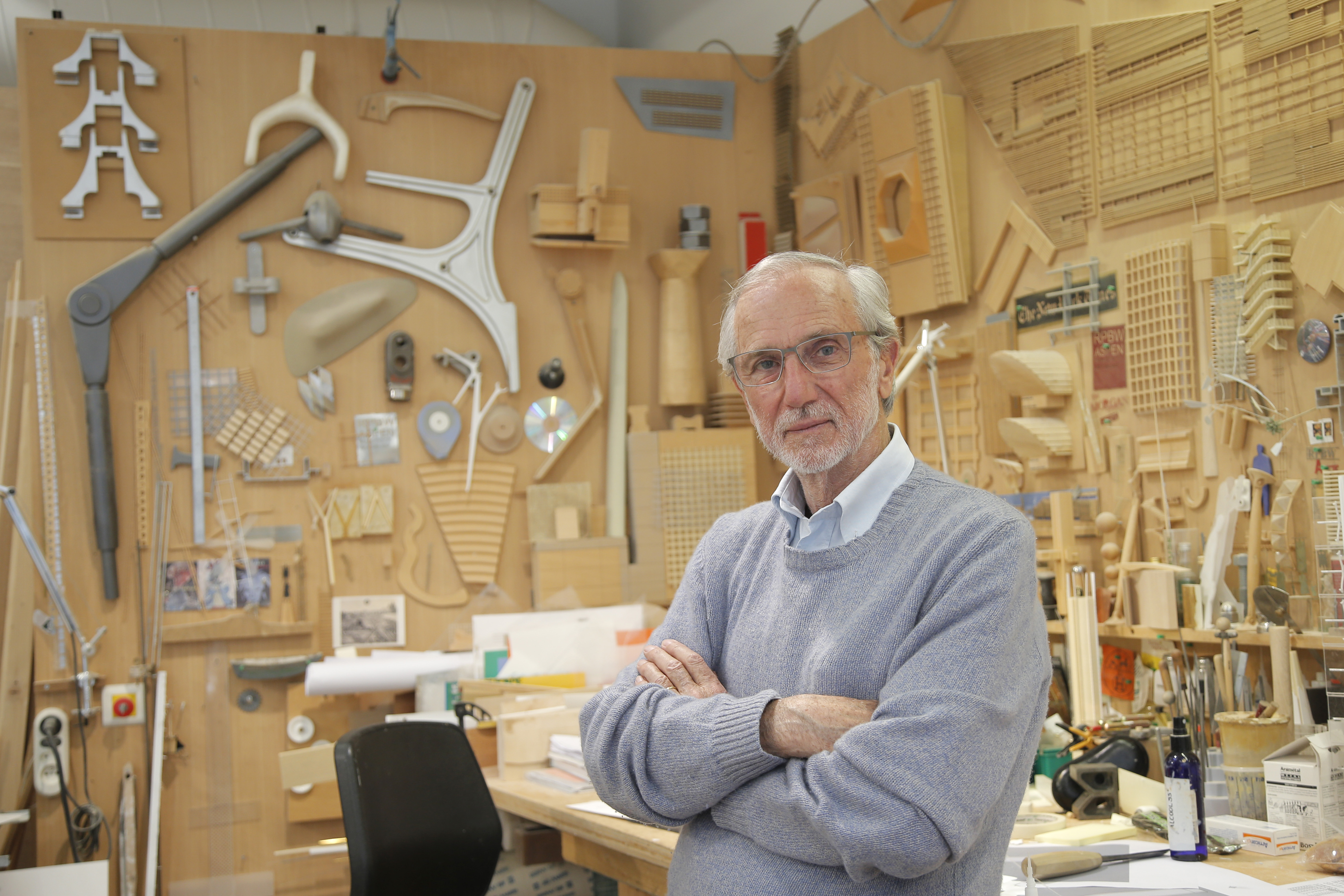
Piano has offices in Genoa, Paris and New York. Pictured here, in the Paris workshop.
Piano’s office in Genoa is a case in point, reflecting perfectly, the architect's attitude. ‘It is not just an office', says Goodwin. ‘There’s a human sensibility to how it feels to be in, there’s a connection to nature and it is quite aspirational with a hint of romance as you rise in the funicular to look out over the Mediterranean Sea. He shies away from stating these ideas but it is there in the building. His architecture is very human in that sense, but at the same time it is not dreamy or overtly romantic because it’s rooted in practicality and building. When meeting Renzo you find he is open and puts people at ease and it is a value that comes across in the architecture.'
The architect, who splits his time between Genoa, Paris and New York even as he enters his ninth decade in life is still as active as ever. The exhibition at the Royal Academy was agreed on the year he celebrated his 80th birthday, as with Richard Rogers' retrospective at the same venue in 2013. ‘I am surprised I am 80’, Piano laughs. ‘I still don't believe it!' He follows closely commission after commission, also pursuing his private passion for sailing whenever he can. ‘Sailing is not about touching down, it's about suspension and silence', he says, continuing to explain that his architecture may have been, subconsiously, informed by this passion. ‘Like the Whitney', he adds. ‘It's like a flying vessel. But you don't sit and think, I am going to make a building like a flying vessel. It just happens'.
Yet his global, nomadic spirit doesn't mean his designs feel detached or foreign. ‘His buildings are always contextual. For example the Whitney, even though it seems foreign in its form, it’s contextual. It picks up a language of an industrial past, it has a form that is quite abstract and a volume that was created in response to the surrounding context of the Highline on one side and the Hudson River on the other', explains Goodwin. ‘His architecture activates a place. A lot of his buildings take a little while to bed in as they are about activating something new, like the Pompidou Centre back in the 1970s to the Shard here in London. Now, around London Bridge, it all makes sense and in this way, architecture is a long game.'
‘As an architect, you feel at home everywhere you have a building', says Piano. When asked about his own identity, he continues. 'I feel Italian, French, European, but perhaps mostly Mediterranean. This is not water', he adds, pointing to the sea beyond the studio. ‘It's a consommé of cultures'.
The show will take the visitor through 16 different projects, from early works in light architecture, to the Pompidou, recent completions such as the Stavros Niarchos Foundation Cultural Centre in Athens, as well as two schemes still in construction, delving into different aspects of the architect's work. Rarely seen drawings, archive architectural models and a specially commissioned film by Thomas Riedelsheimer will help tell the story, which will culminate in a centrally placed ‘imagined Island’, a bespoke sculptural installation depicting nearly 100 of Piano’s projects within a single piece: the world of Renzo Piano.
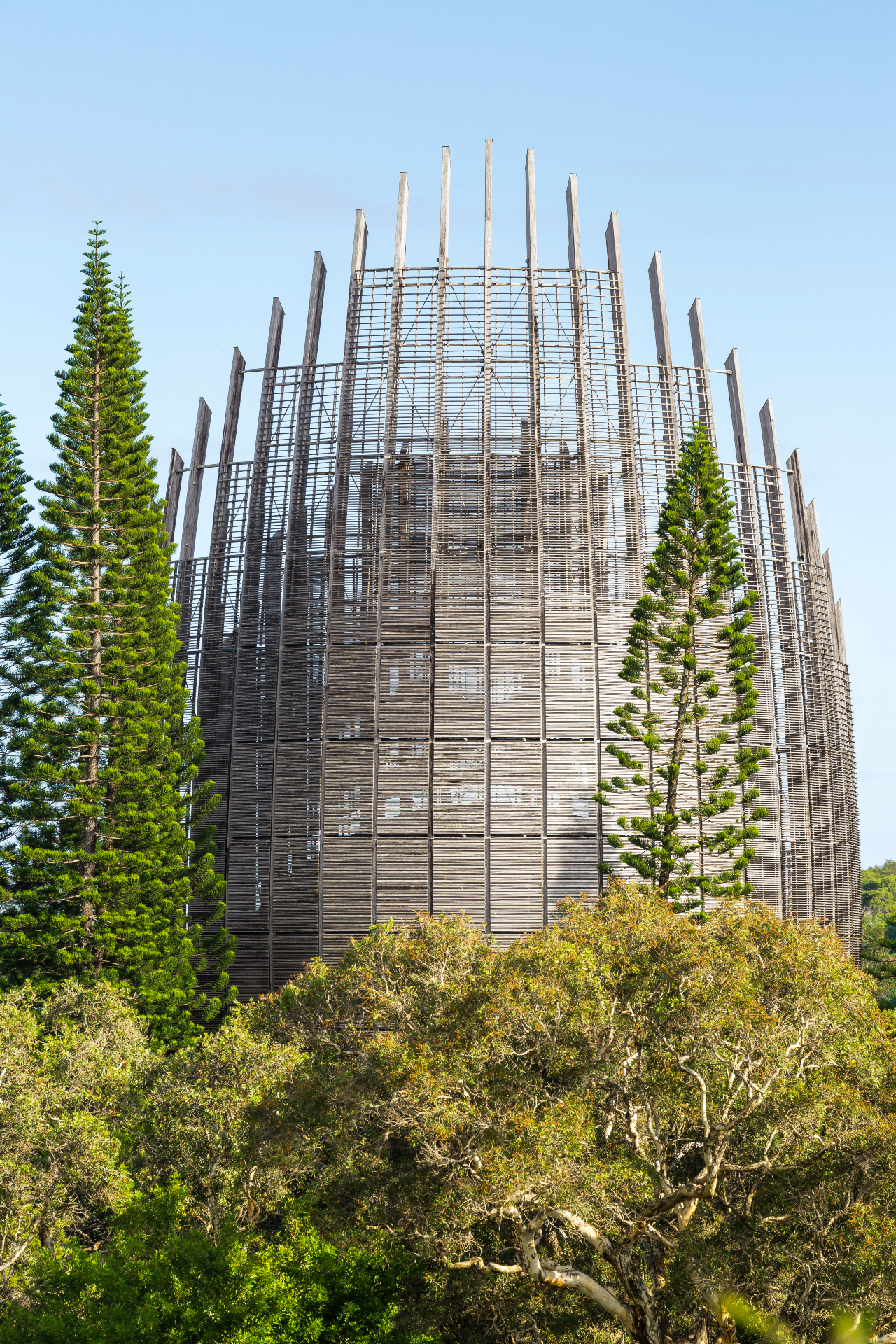
Jean-Marie Tjibaou Cultural Centre in Nouméa (1998).
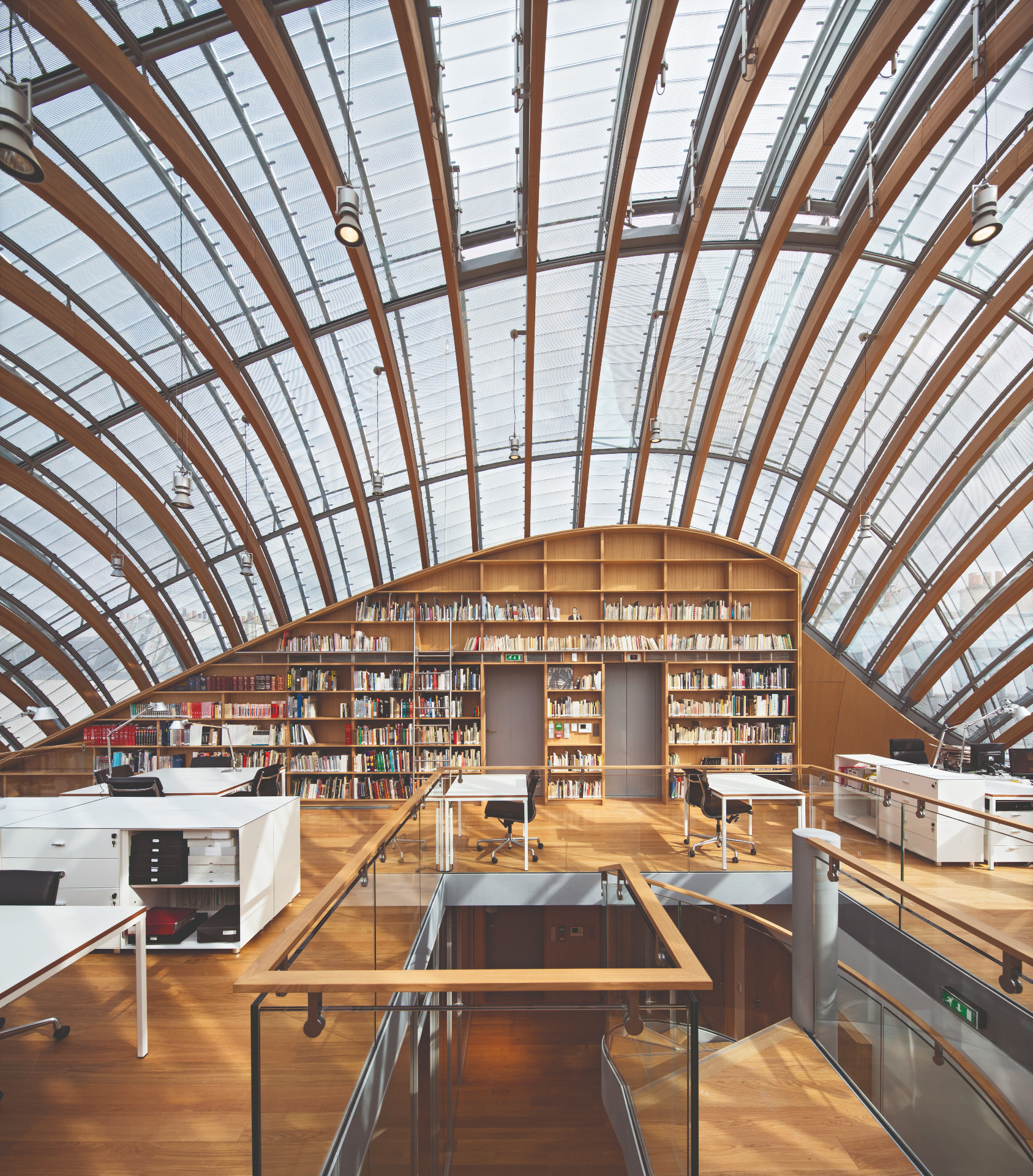
Jérôme Seydoux Pathé Foundation in Paris (2014).
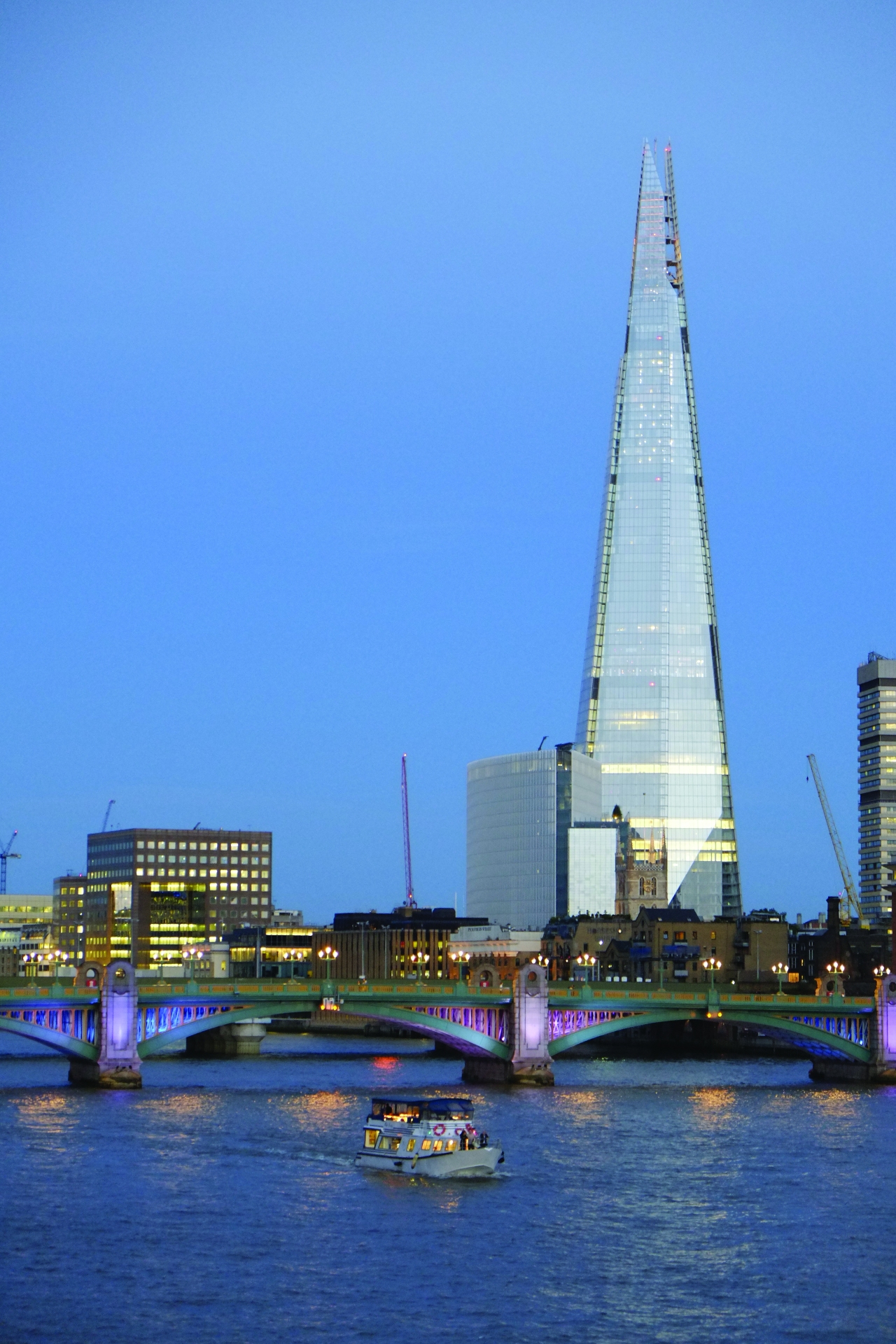
The Shard, London Bridge Tower and London Bridge Place in London (2012).
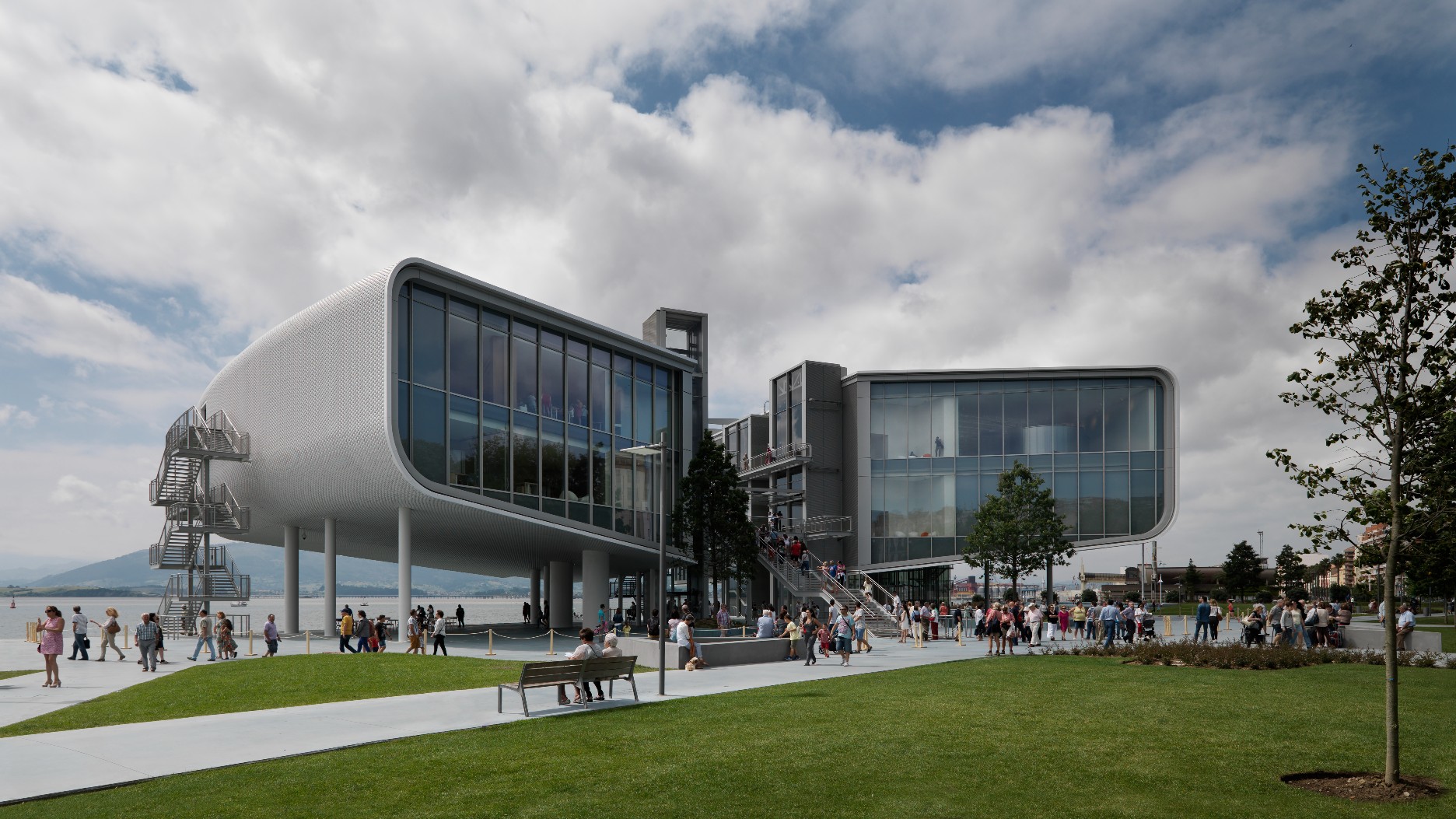
Centro Botín in Spain (2017).
INFORMATION
‘Renzo Piano: The Art Of Making Building’ is on show at the Royal Academy of Arts from the 15th September 2018 - 20 January 2019. For more information visit the website of the Royal Academy of Arts and the website of the Renzo Piano Building Workshop
ADDRESS
The Gabrielle Jungels-Winkler Galleries
Royal Academy of Arts
Burlington House
Piccadilly
London W1J 0BD
Wallpaper* Newsletter
Receive our daily digest of inspiration, escapism and design stories from around the world direct to your inbox.
Ellie Stathaki is the Architecture & Environment Director at Wallpaper*. She trained as an architect at the Aristotle University of Thessaloniki in Greece and studied architectural history at the Bartlett in London. Now an established journalist, she has been a member of the Wallpaper* team since 2006, visiting buildings across the globe and interviewing leading architects such as Tadao Ando and Rem Koolhaas. Ellie has also taken part in judging panels, moderated events, curated shows and contributed in books, such as The Contemporary House (Thames & Hudson, 2018), Glenn Sestig Architecture Diary (2020) and House London (2022).
-
 All-In is the Paris-based label making full-force fashion for main character dressing
All-In is the Paris-based label making full-force fashion for main character dressingPart of our monthly Uprising series, Wallpaper* meets Benjamin Barron and Bror August Vestbø of All-In, the LVMH Prize-nominated label which bases its collections on a riotous cast of characters – real and imagined
By Orla Brennan
-
 Maserati joins forces with Giorgetti for a turbo-charged relationship
Maserati joins forces with Giorgetti for a turbo-charged relationshipAnnouncing their marriage during Milan Design Week, the brands unveiled a collection, a car and a long term commitment
By Hugo Macdonald
-
 Through an innovative new training program, Poltrona Frau aims to safeguard Italian craft
Through an innovative new training program, Poltrona Frau aims to safeguard Italian craftThe heritage furniture manufacturer is training a new generation of leather artisans
By Cristina Kiran Piotti
-
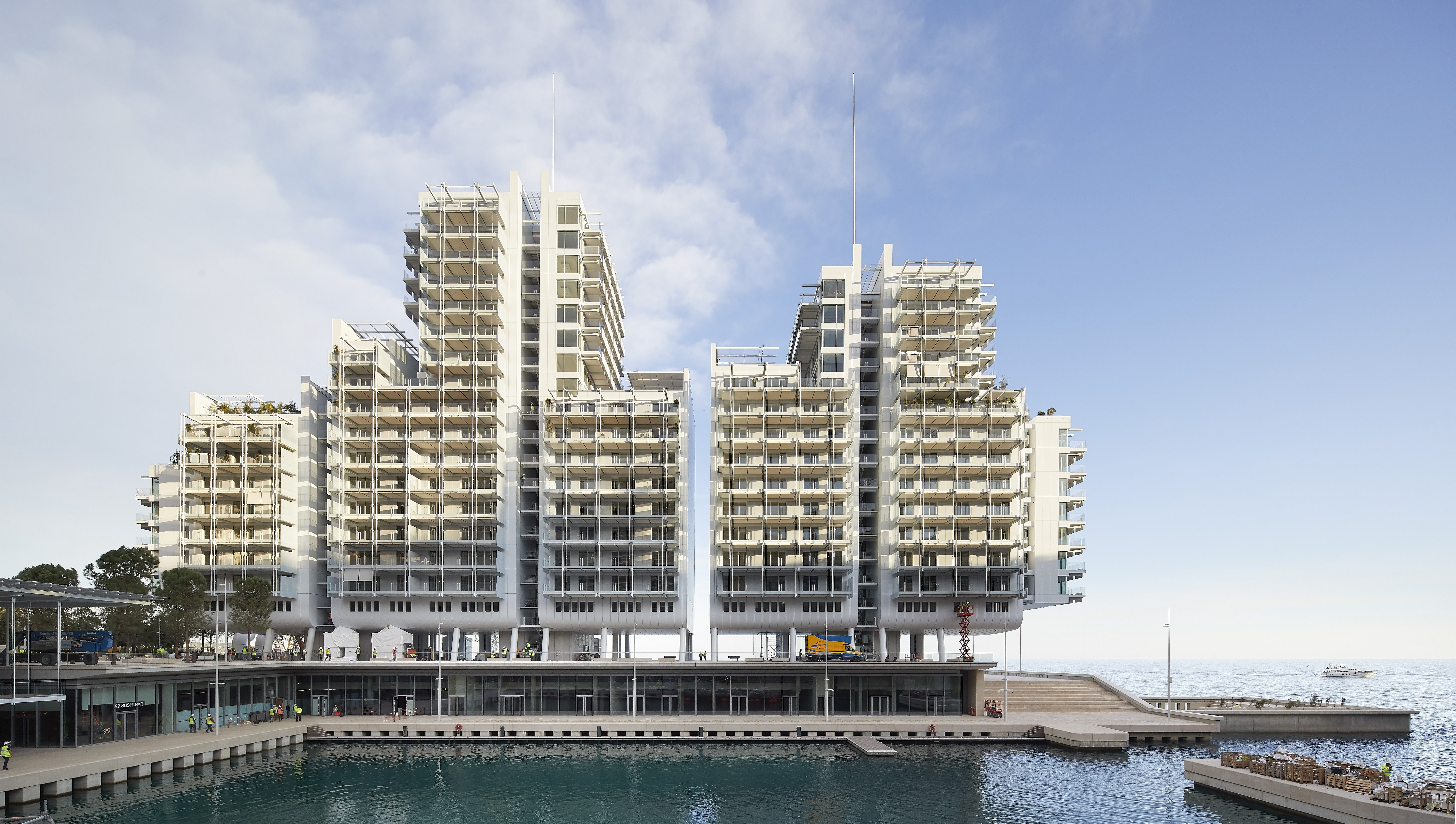 We tour Monaco’s Mareterra neighbourhood: where minimalist architecture and marine research meet
We tour Monaco’s Mareterra neighbourhood: where minimalist architecture and marine research meetMareterra, a contemporary enclave with designs by Renzo Piano offers homes, a new coastal promenade, a dynamic Alexander Calder sculpture and an atmospheric social hub extending the breezy, minimalist spirit of Larvotto Beach
By Harriet Thorpe
-
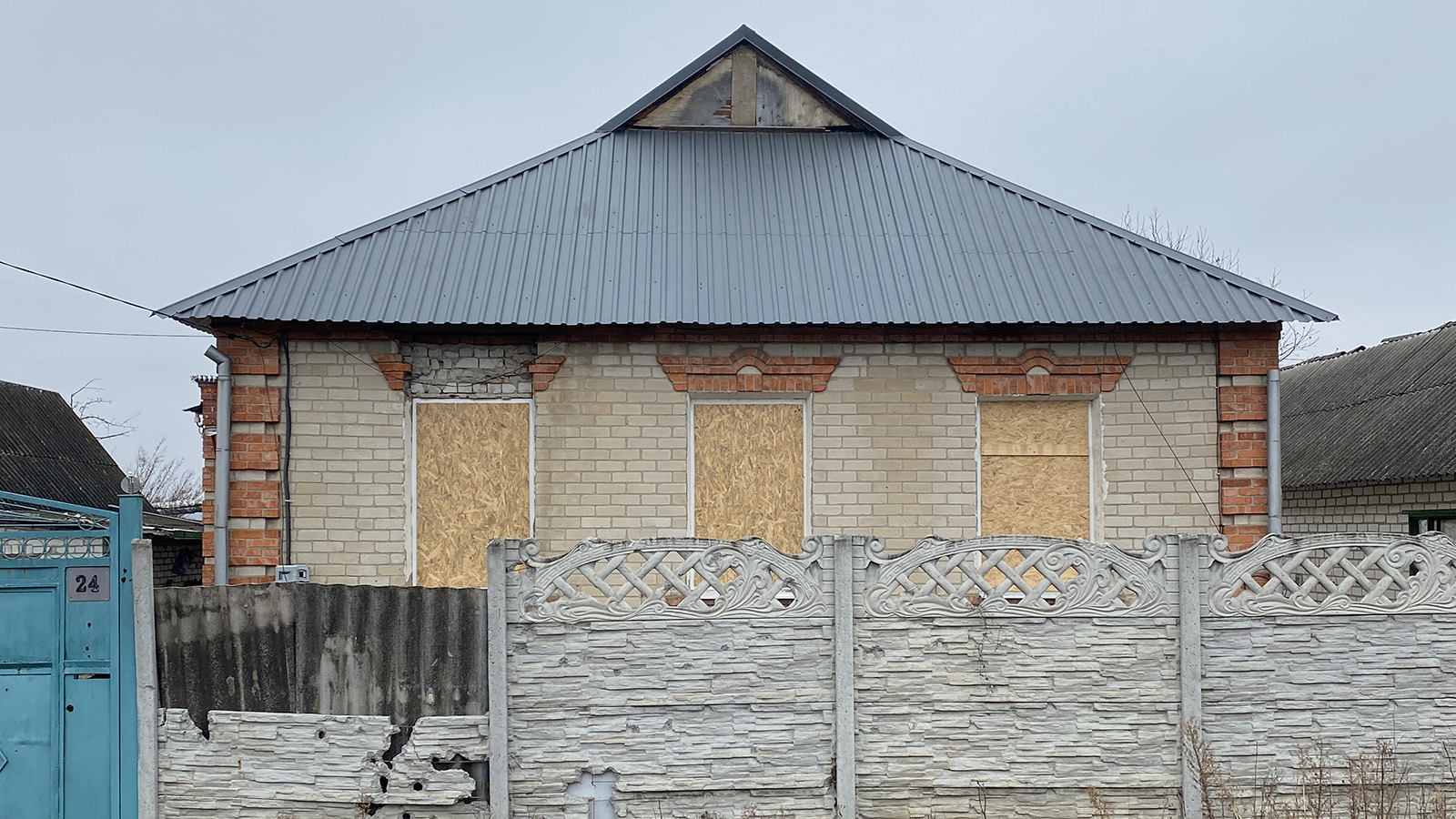 Meet the 2024 Royal Academy Dorfman Prize winner: Livyj Bereh from Ukraine
Meet the 2024 Royal Academy Dorfman Prize winner: Livyj Bereh from UkraineThe 2024 Royal Academy Dorfman Prize winner has been crowned: congratulations to architecture collective Livyj Bereh from Ukraine, praised for its rebuilding efforts during the ongoing war in the country
By Ellie Stathaki
-
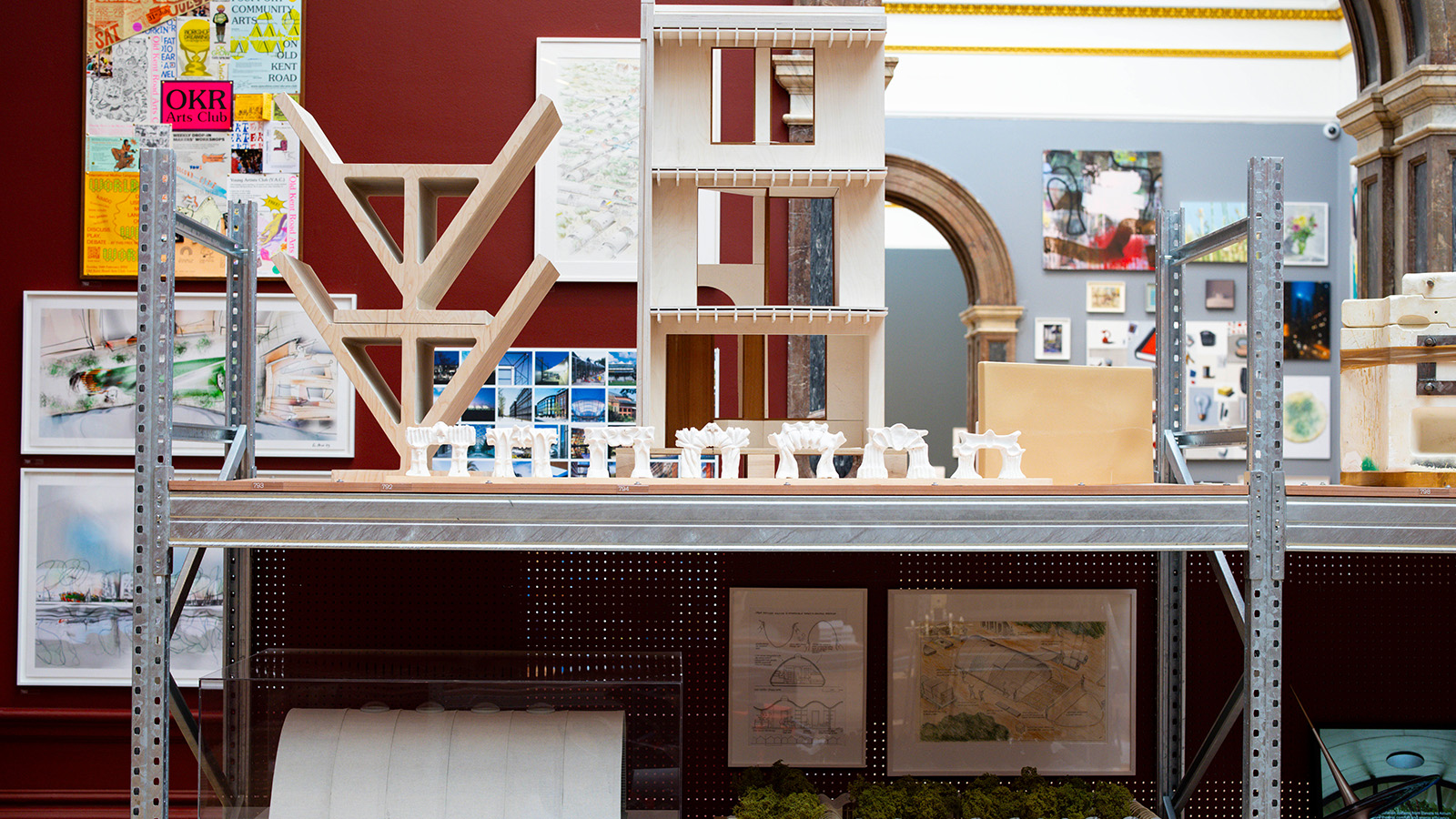 RA’s 2024 Summer Exhibition celebrates making and multidisciplinarity in architecture
RA’s 2024 Summer Exhibition celebrates making and multidisciplinarity in architectureAt the Royal Academy’s 2024 Summer Exhibition, London collective Assemble brings together works from across the creative fields into the architectural rooms (18 June – 18 August 2024)
By Herbert Wright
-
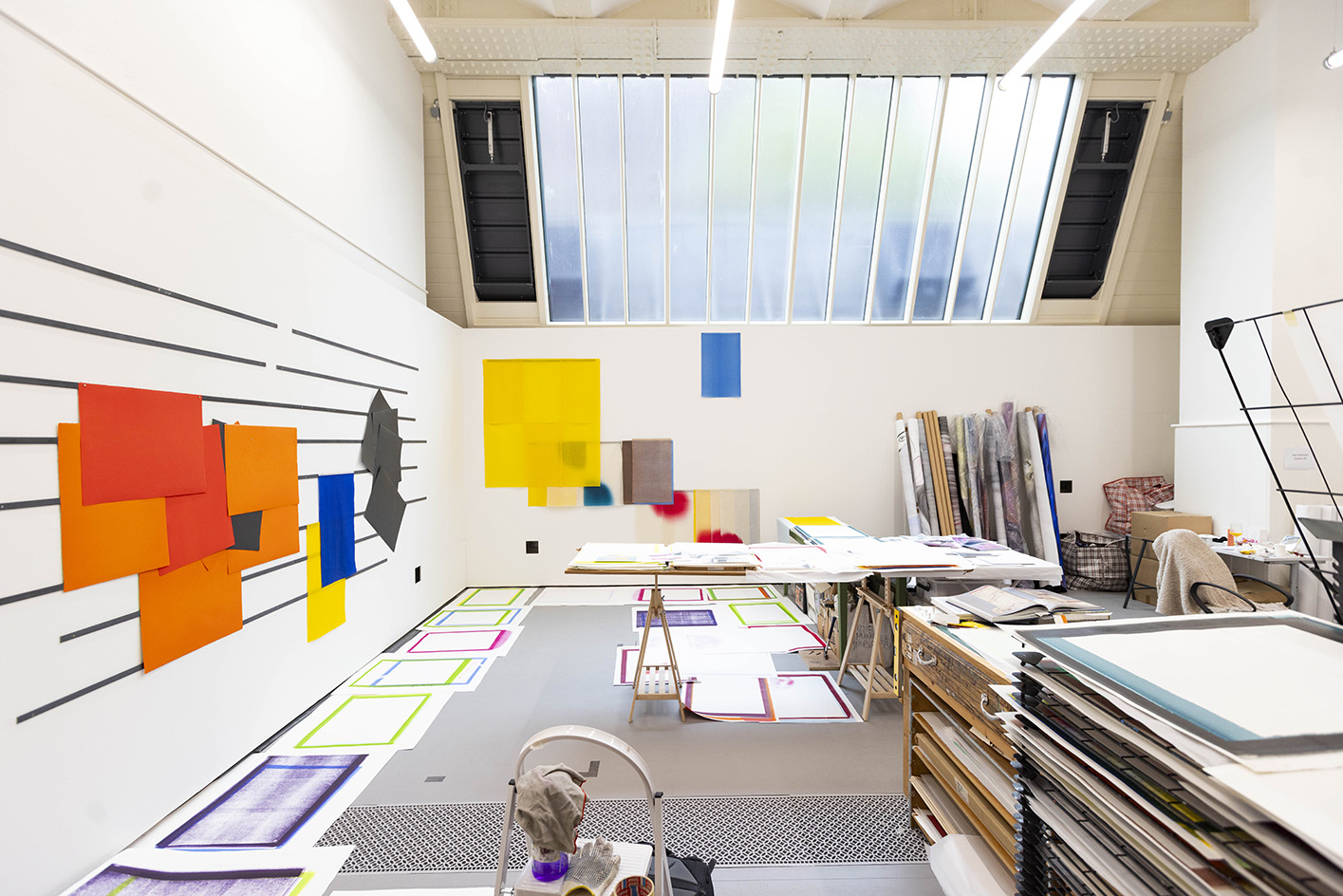 The Royal Academy Schools' refresh celebrates clarity at the London institution
The Royal Academy Schools' refresh celebrates clarity at the London institutionThe refreshed home for the Royal Academy Schools by David Chipperfield Architects together with Julian Harrap Architects is revealed in London
By Ellie Stathaki
-
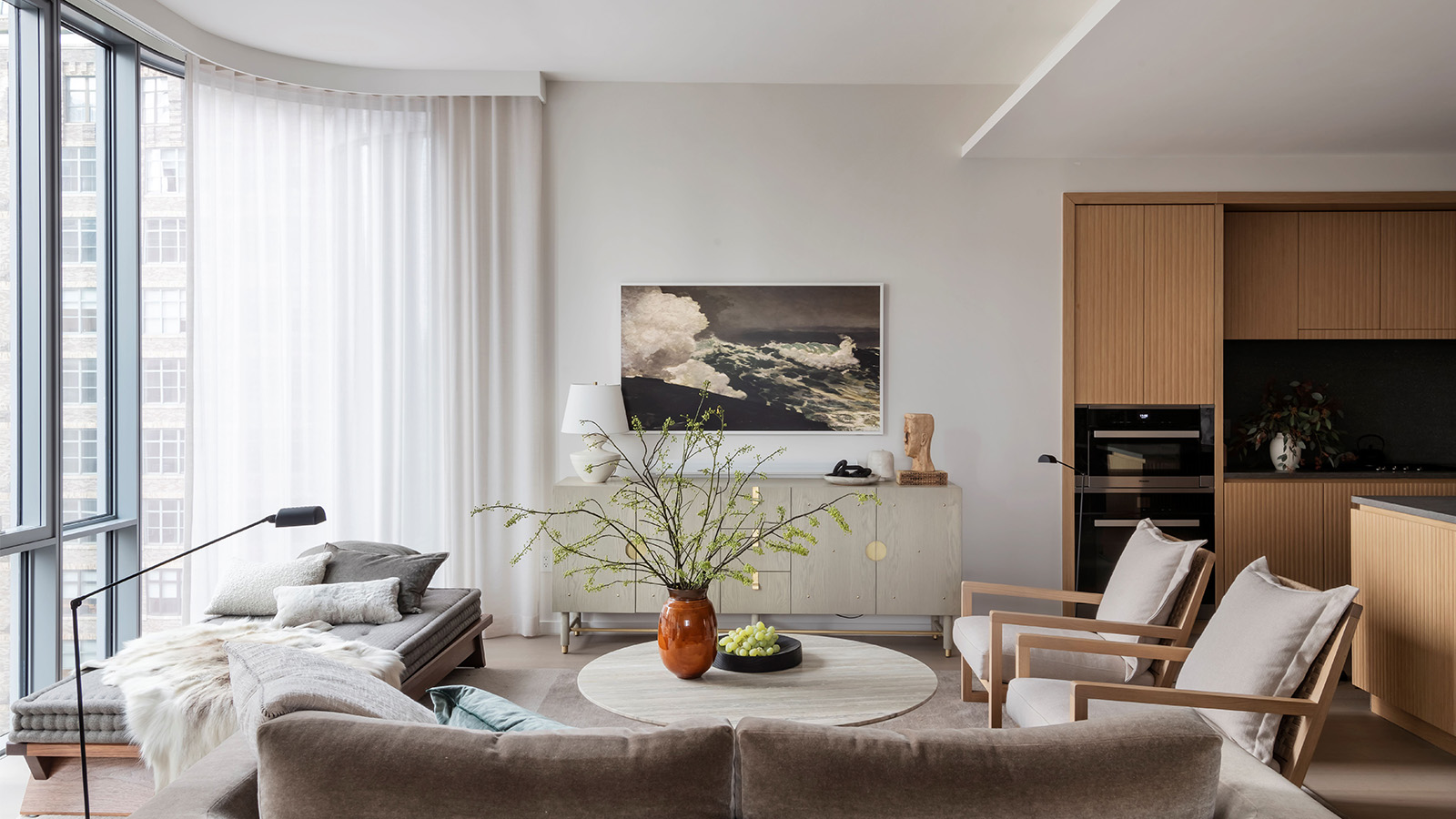 Designer Holly Waterfield creates luxurious pied-à-terre in Renzo Piano Manhattan high-rise
Designer Holly Waterfield creates luxurious pied-à-terre in Renzo Piano Manhattan high-riseA private residence by Holly Waterfield Interior Design in Renzo Piano's skyscraper 565 Broome Soho blends a sense of calm and cosiness with stunning city views
By Léa Teuscher
-
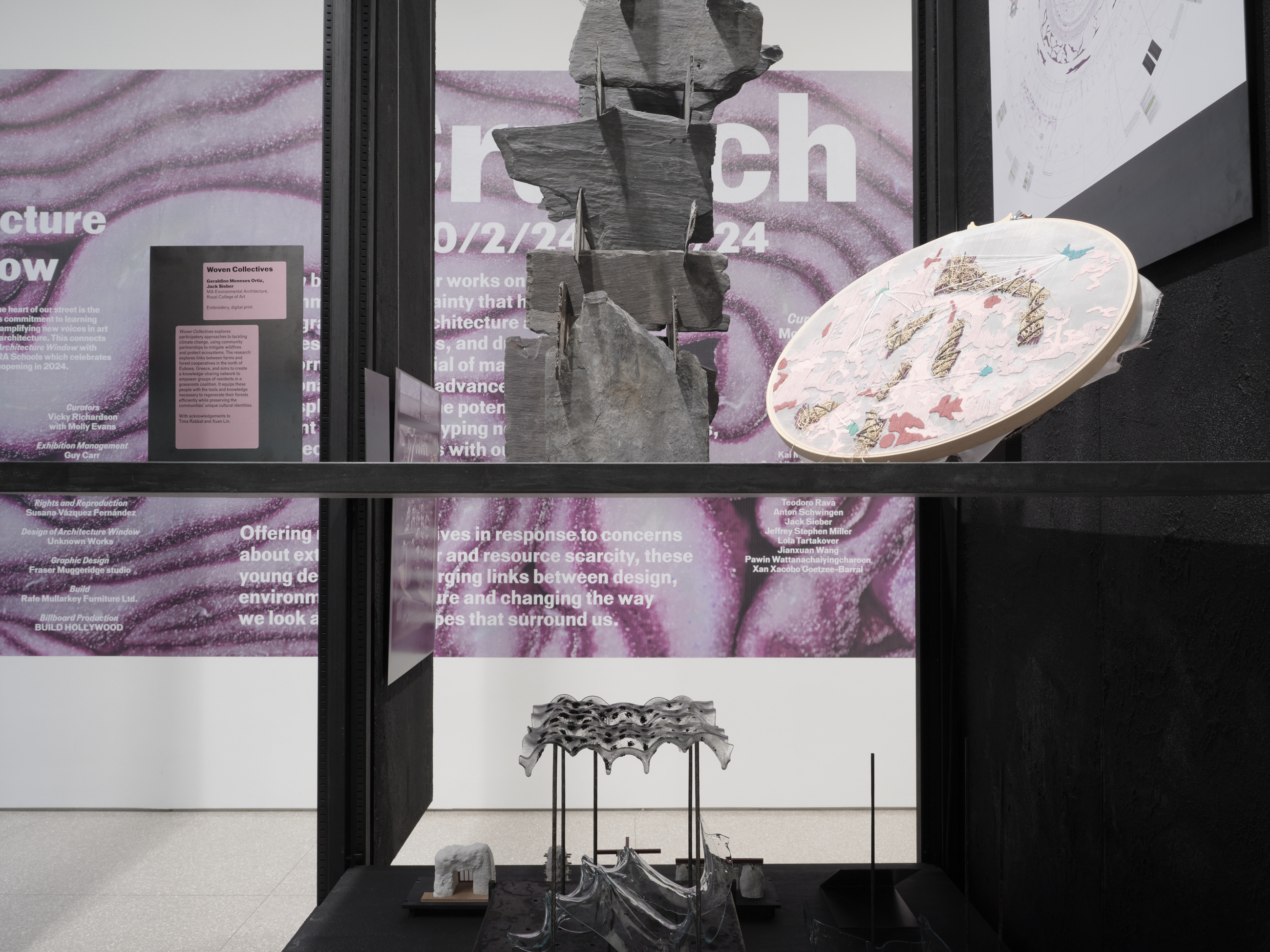 The Architecture Window opens in London offering space for ‘micro-exhibitions’
The Architecture Window opens in London offering space for ‘micro-exhibitions’The Architecture Window by Unknown Works opens at the Royal Academy of Arts in London, creating space for creative exploration and fresh voices around the built environment
By Ellie Stathaki
-
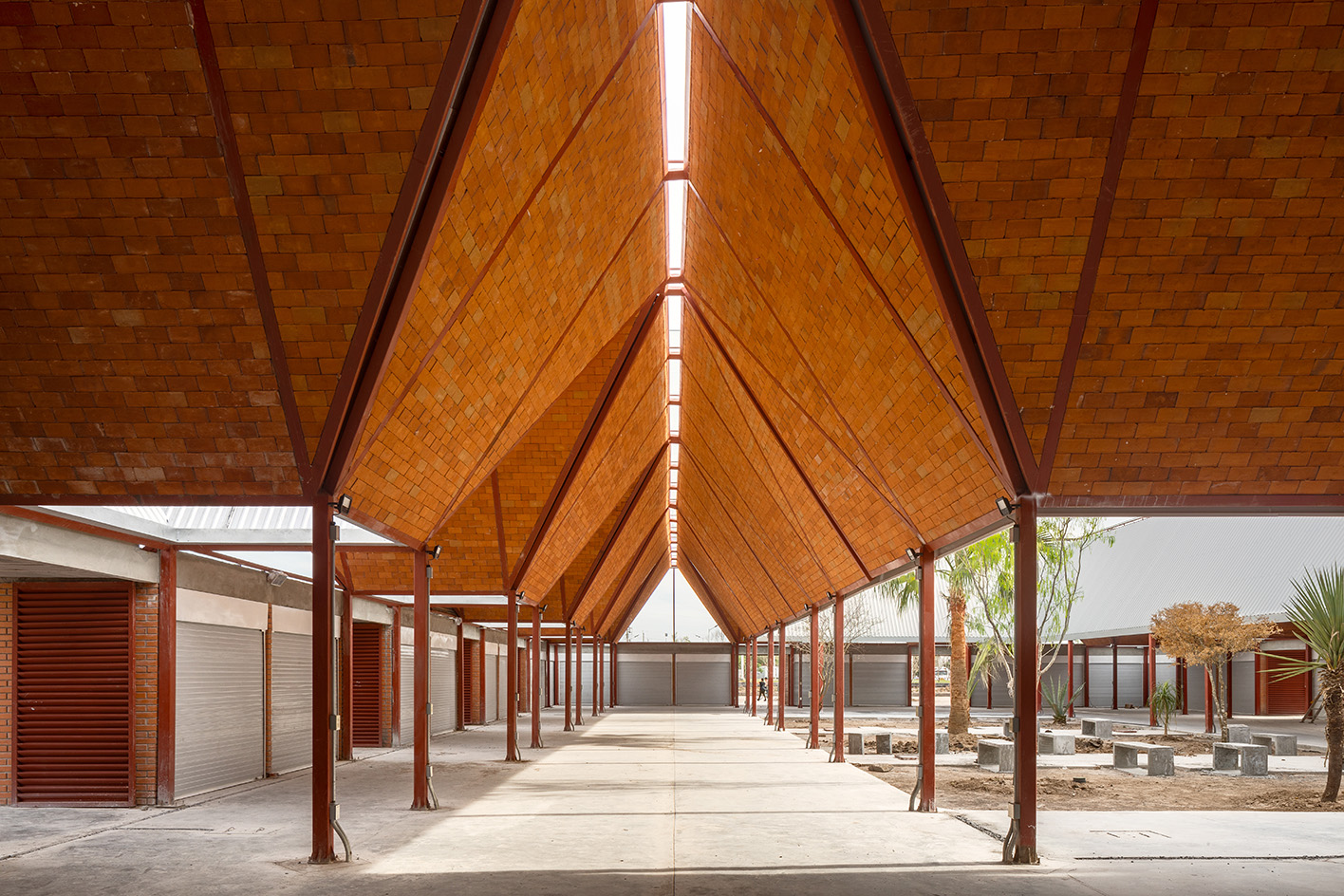 Royal Academy Dorfman Award 2023 winner is Taller Gabriela Carrillo
Royal Academy Dorfman Award 2023 winner is Taller Gabriela CarrilloThe Royal Academy Dorfman Award 2023 has been announced, revealing Taller Gabriela Carrillo as its winner at a dedicated event in London this evening
By Ellie Stathaki
-
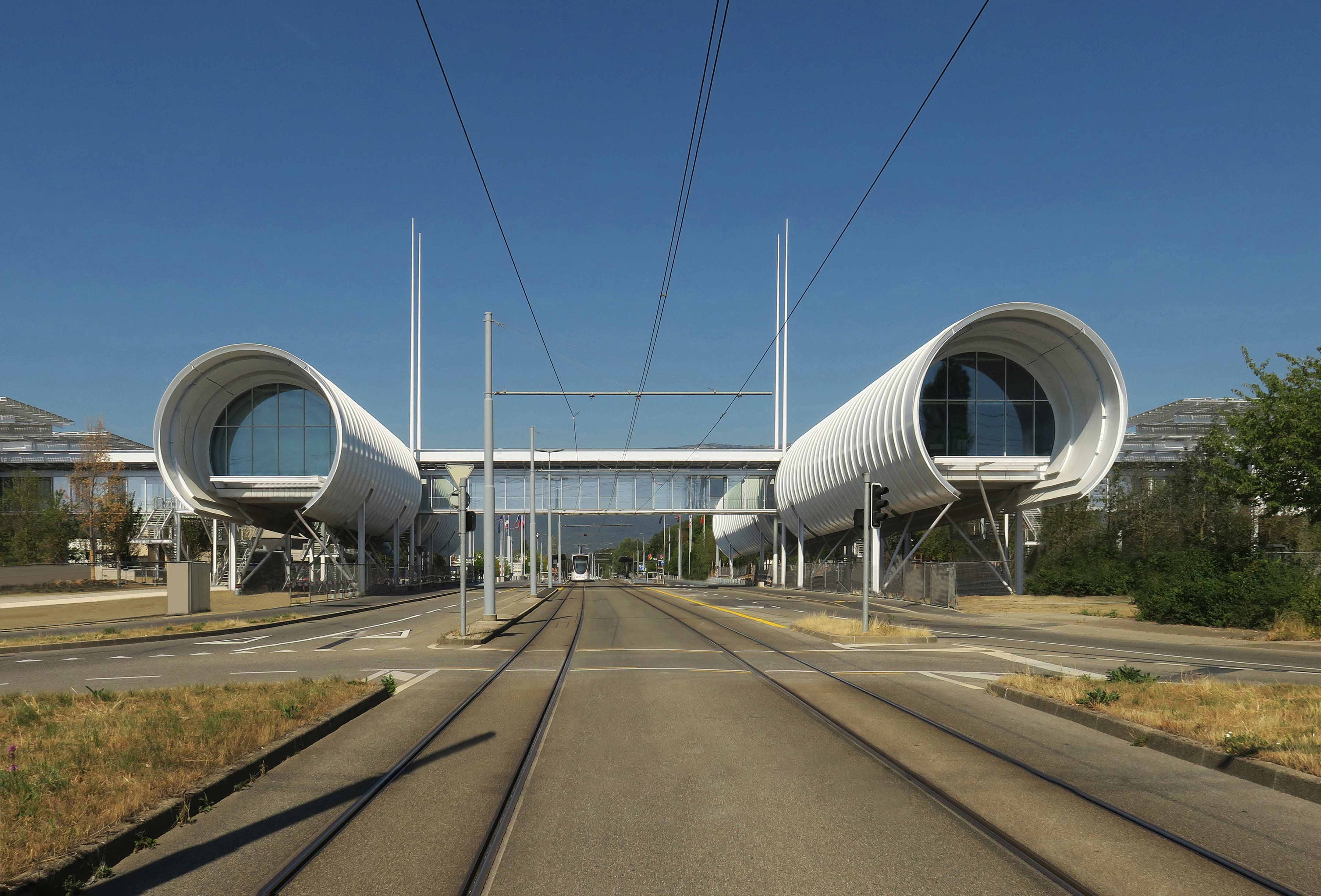 CERN Science Gateway: behind the scenes at Renzo Piano’s campus in Geneva
CERN Science Gateway: behind the scenes at Renzo Piano’s campus in GenevaCERN Science Gateway by Renzo Piano Building Workshop announces opening date in Switzerland, heralding a new era for groundbreaking innovation
By Ellie Stathaki